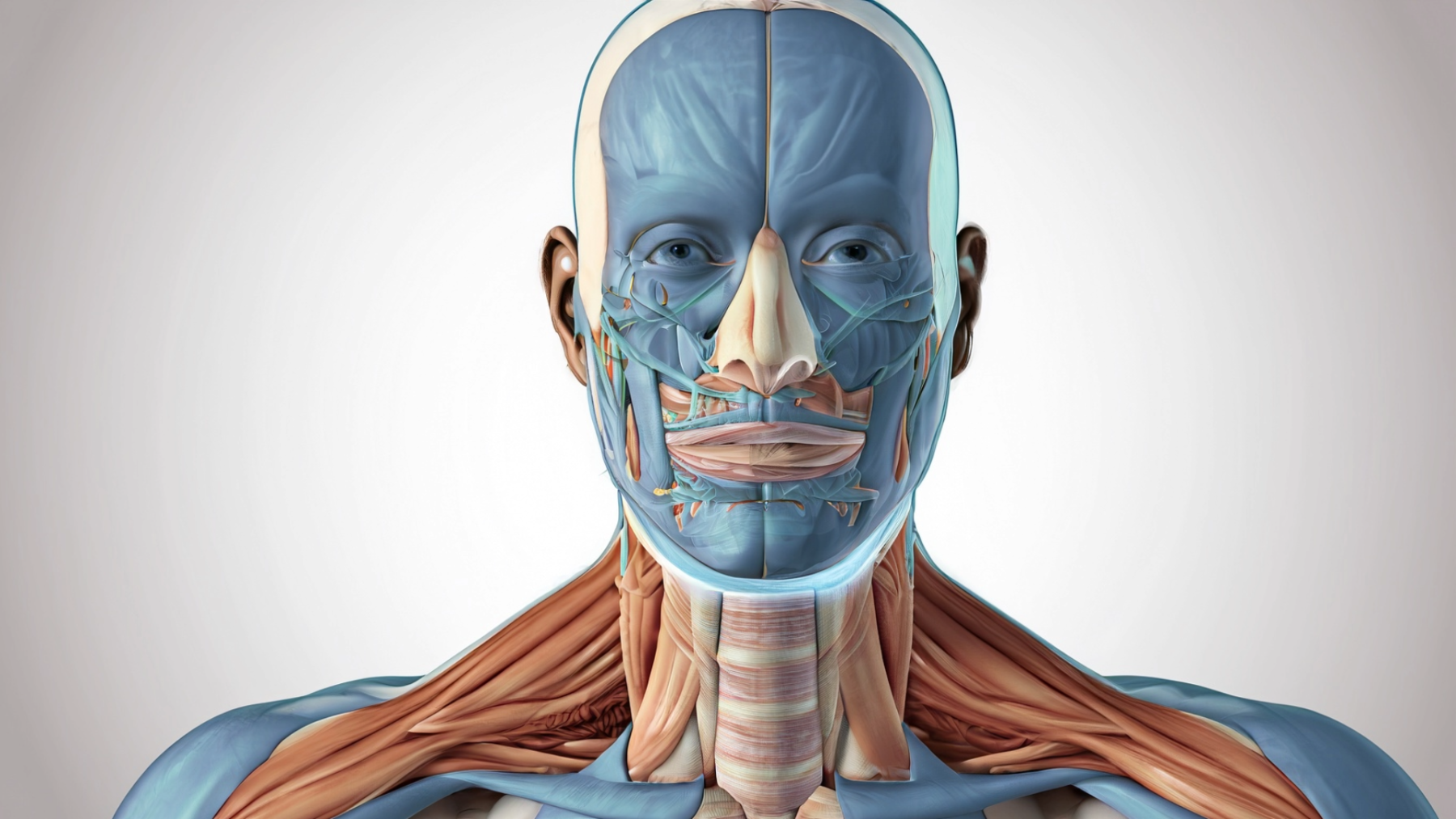
Diagnosing Huntington's Disease Using Gel Electrophoresis
by Cristi Sims
Students will use Gel Electrophoresis to diagnose the dominant, fatal, genetic disorder of Huntington's Disease, a neurodegenerative disorder caused by an excessive number of CAG repeats in the DNA which results in the aggregation of Huntington proteins that blocks proper neurological functioning. It is a great way to introduce the biotechnology of gel electrophoresis using a backdrop of student understanding of genetics and the impact of mutations on protein structure and function. In addition, by using a "case study" approach, this humanizes the diagnostic aspect and introduces the ethical questions surrounding genetic testing including whether or not the people involved will ever be eligible for health insurance if they test positive for the disorder.
Lesson Plan Link/URL
https://docs.google.com/presentation/d/1x5j_SYOenycOvpRazP9RPkdhZb-64a6Y/edit?u…Related Content

Grades:
4th Grade, 5th Grade, 6th Grade, 7th Grade, 8th Grade, 9th Grade, 10th Grade, 11th Grade, 12th Grade
The Micro:bit prototyping academy is designed to teach students the basic commands and features in order to innovate their own device. They will learn the input commands, variables and conditional

Grades:
4th Grade, 5th Grade, 6th Grade, 7th Grade, 8th Grade, 9th Grade, 10th Grade, 11th Grade, 12th Grade
Learn how to train your own Artificial Intelligence neural network without the complexities of coding. Google's (free) Teachable Machine is a web-based tool that makes it easy to train your computer

Grades:
9th Grade, 10th Grade, 11th Grade, 12th Grade
In this lesson plan, high school students will explore the concepts of AC and DC currents through hands-on experimentation. The lesson begins with a brief discussion on the fundamentals of alternating